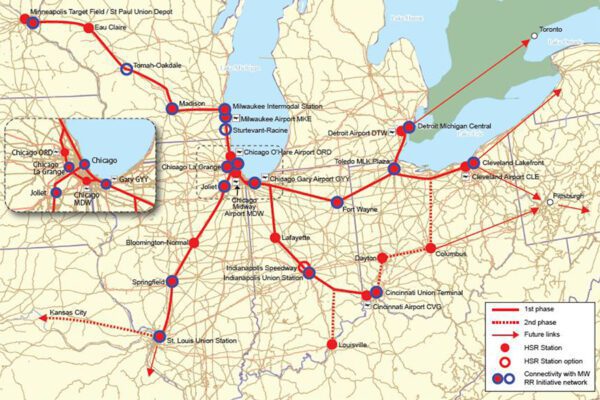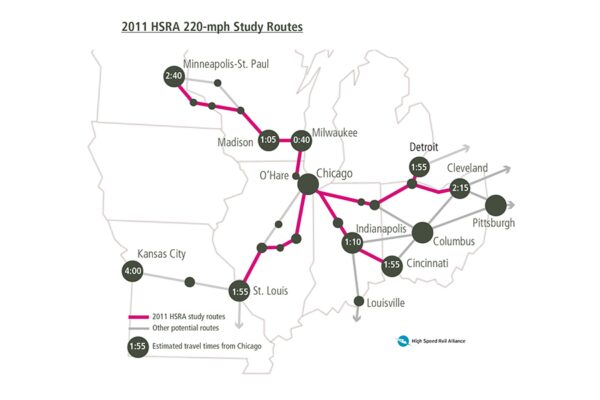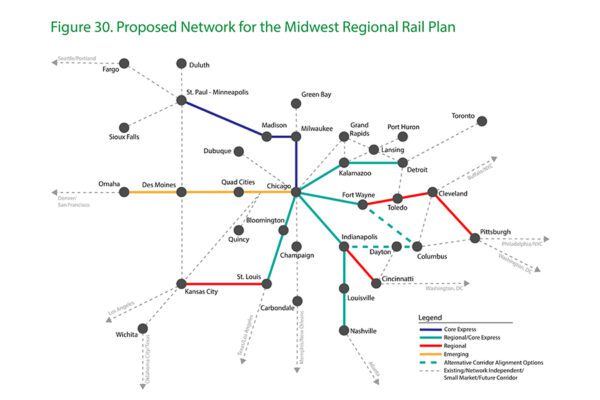Three Studies Build the Case for HSR in the Midwest
Three studies show the paradigm-shifting power of linking the Midwest with a network of high-speed trains. And they lay out the path for doing so.
The overall message is unambiguous and urgent: It’s time to get started.
Key Takeaways
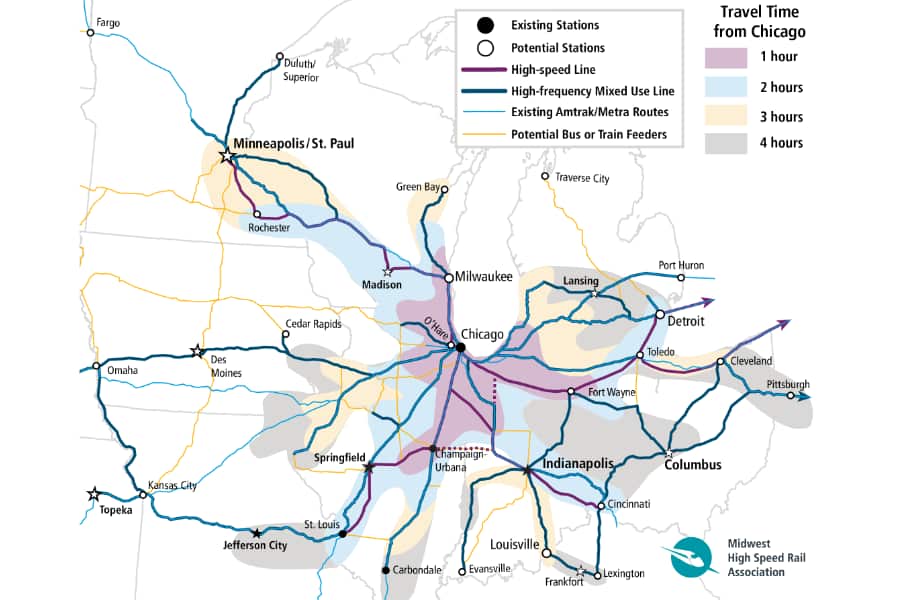
A Great Place for High Speed Rail
The Midwest is perfect for a hub-and-spoke network of 220-mph trains. Chicago is the hub, and major spoke cities are located 300 to 400 miles away.
Bullet trains would unify a diverse manufacturing, agricultural, and business-services base anchored by nine major metropolitan areas.
In size, population, and economic output, the Midwest is roughly equivalent to France—a country often cited as a place where HSR “works.” If it works in France, it will work in the Midwest.
They Agree on the Framework
Each study proposes a network “backbone” of four main lines radiating out from Chicago in each direction:
- Trains would operate between 150 & 220 mph on dedicated track with no grade crossings
- Each track would have capacity for 10 trains an hour
- Trains would seat 550-1,100 passengers each
Frequency is just as important as speed – Each route would host at least 25 daily departures in each direction.
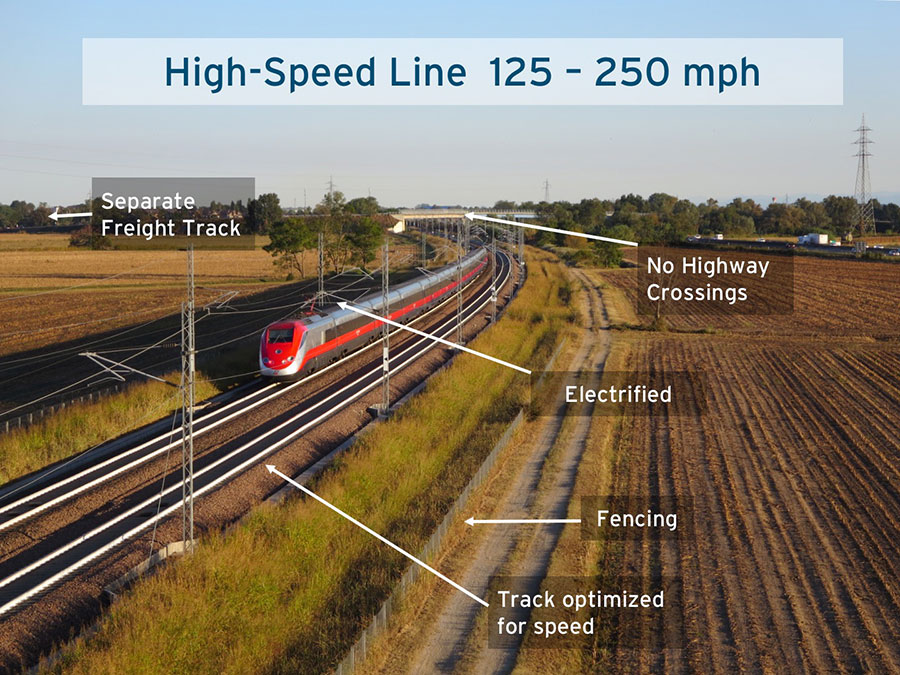
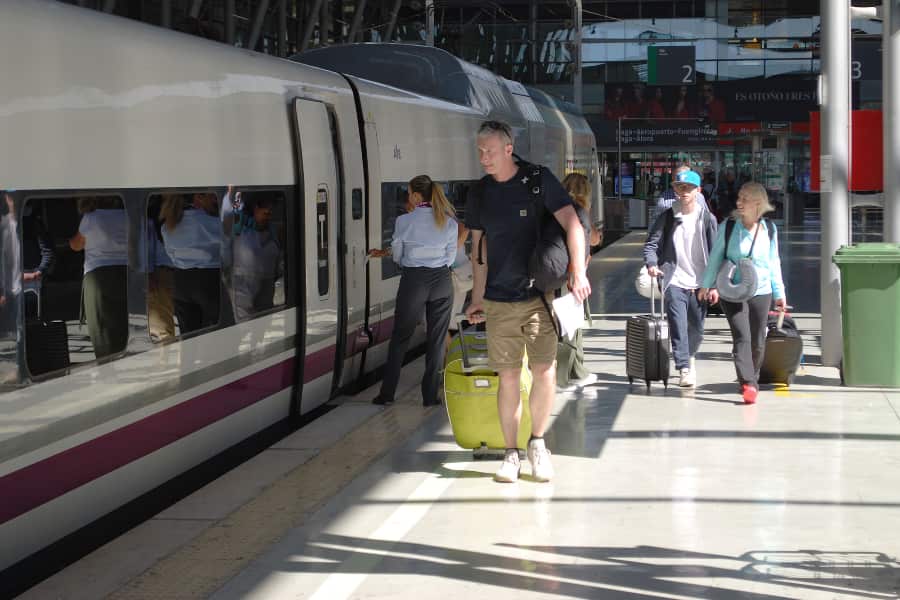
The Results
- 43 million annual riders from 13 cities and major metropolitan areas
- More than $2.2 billion annually in user-generated revenues
- $13.8 billion per year increase in business sales for the Chicago Metro area alone
Job Creation
- Nearly 70,000 jobs per year for over a decade related to construction
- Over 4,000 permanent operations and maintenance jobs
- Nearly 130,000 permanent jobs as a result of the economic growth
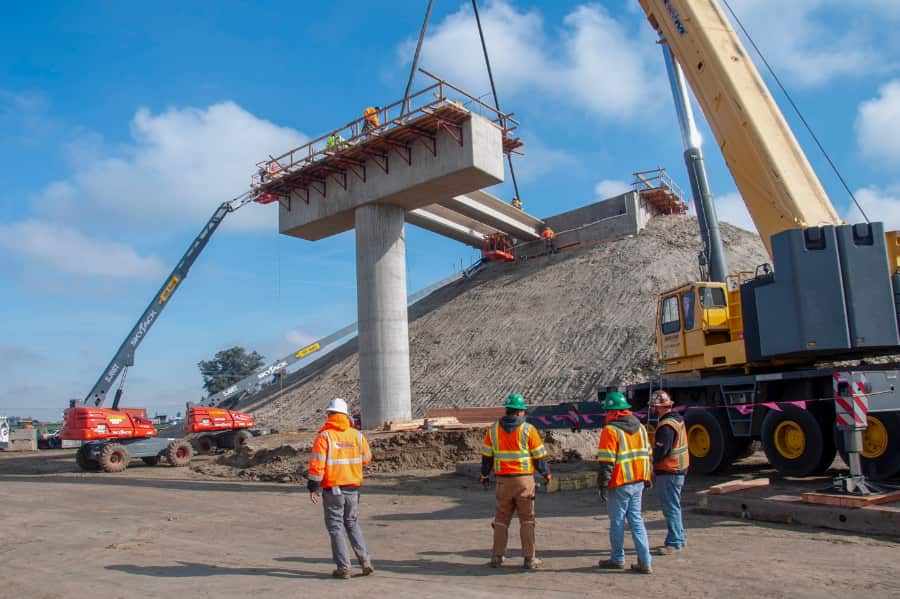
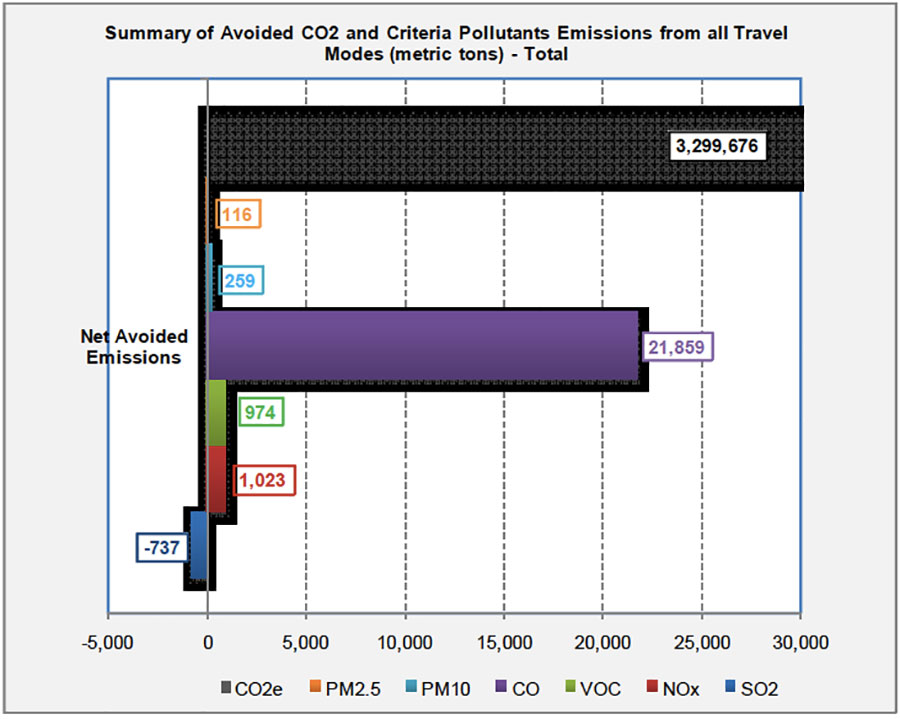
Environmental Impacts
- Over 3 million tons of CO2e saved per year
- Reduced water pollution
- Improved land use
Foundation for an Integrated Network
These backbone lines would incentivize new and upgraded conventional lines and transit service throughout the region.
At the same time, the backbone would help create a national network of high-speed trains. That’s because of Chicago’s pivotal role as a national railroad hub. A line to Detroit and Cleveland would incentivize new segments that connect it to Buffalo and New York City; a line to Indianapolis would incentivize new connections to Nashville and Atlanta; and so on.
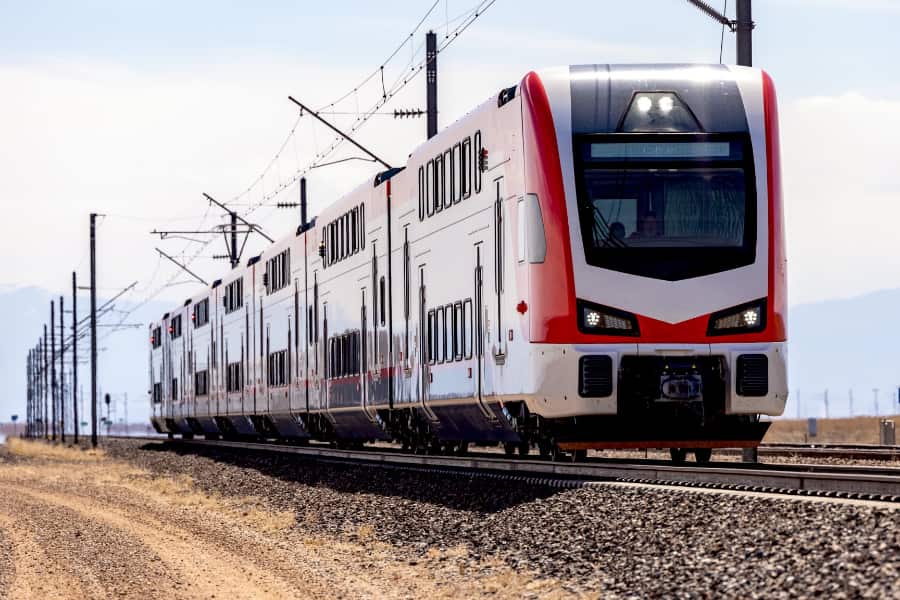
The Challenges
Just like the initial Interstate Highway network, a federal-led program is required to make this network a reality because:
- No state owns enough of it to take the lead
- The true benefits of the network cannot be understood without extending the planning into other regions.
This is a true matter of interstate commerce. The constitution gives the federal government the leading role. But today’s federal funding streams are reactive to requests from states.
Getting Started
The states can help get the process underway by:
- Submitting each of the corridors into the Corridor Development Program
- Working through the Midwest Interstate Passenger Rail Commission to get planning underway
- Showing support for a major upgrade to the Chicago Terminal District and the South of the Lake Reroute
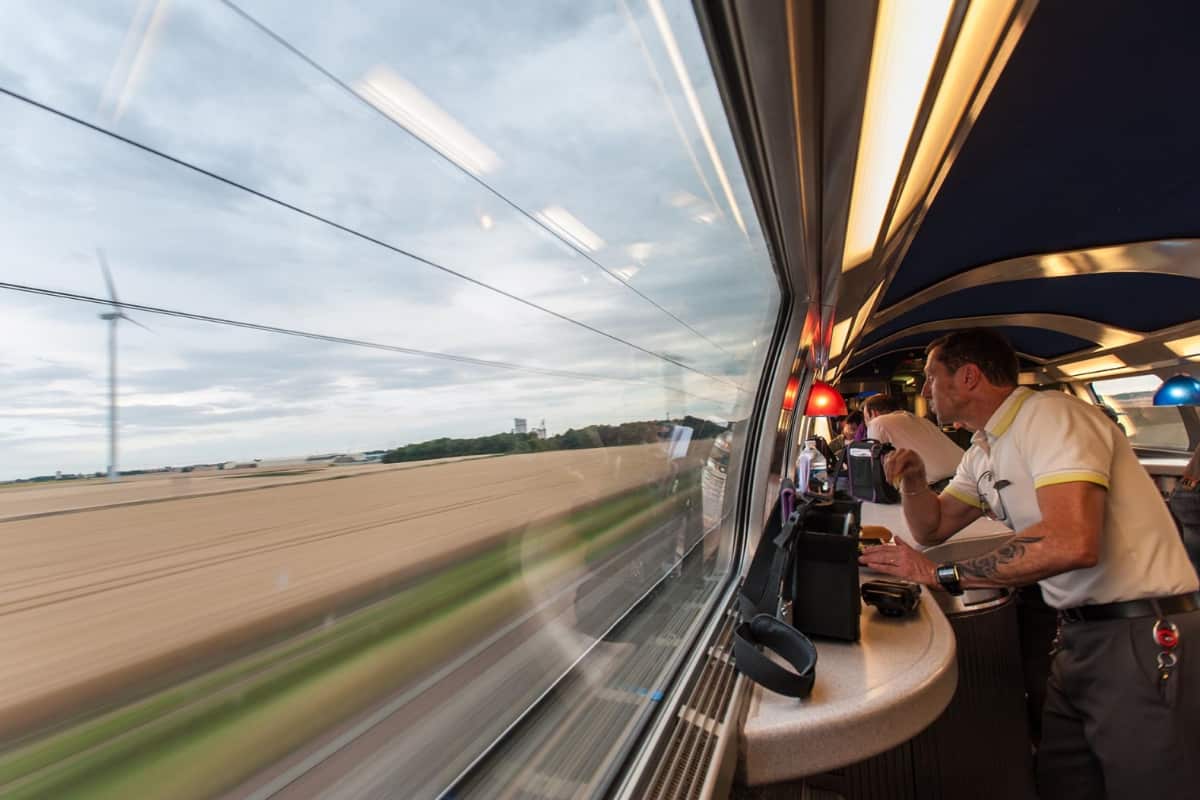
Get Involved with the High-Speed Rail Alliance
Thank you for moving this vision forward.
